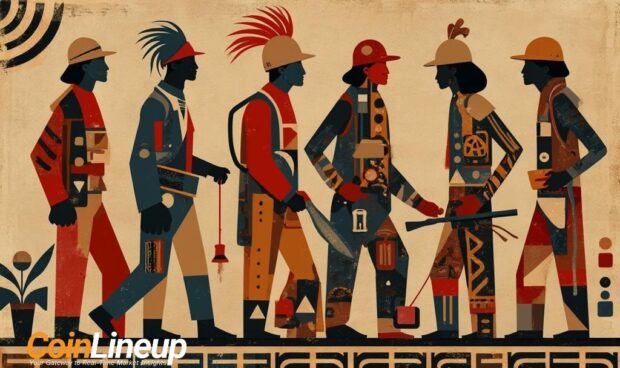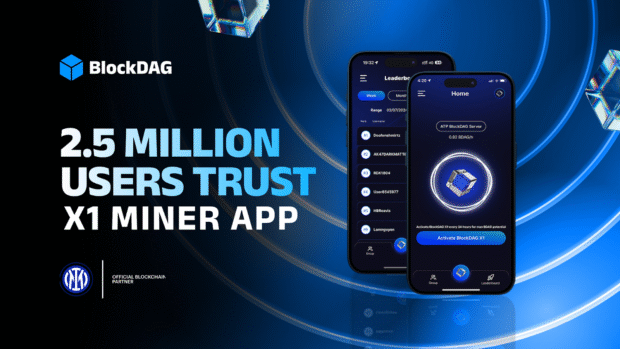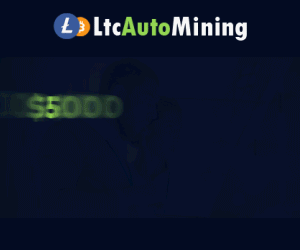
- The BOK’s restructuring aims to enhance oversight of digital currencies.
- Focus on Korean won-stablecoins and crypto market engagement.
- Potential influence on trading pairs involving won and crypto infrastructure.

South Korea’s central bank formed a “virtual asset group” to bolster crypto market oversight, enhancing focus on Korean won-based stablecoins. This reflects a shift from theoretical CBDC research toward practical digital currency application.
Summarizing the news, South Korea’s Bank of Korea (BOK) established a new virtual asset group and restructured its digital currency department to increase engagement with the cryptocurrency market, specifically targeting Korean won-based stablecoins, announced on July 30, 2025.
The recent formation of the Virtual Asset Group by the Bank of Korea underscores its commitment to monitoring and engaging with the evolving cryptocurrency landscape. The restructuring serves to mitigate risks associated with stablecoins and explore central bank digital currencies (CBDCs).
Proactive Approach to Digital Currency
The establishment of the Virtual Asset Group within the Bank of Korea indicates a proactive approach in managing digital currencies. Operating under the Financial Payment Systems Bureau, this group will tackle market oversight and stablecoin research. A move from research to application marks a significant shift in strategy. The Digital Currency Team’s expanded role now includes practical involvement in digital asset management, focusing on Korean won-based stablecoins.
The emphasis on Korean won-pegged stablecoins reflects global intrigue in these less volatile crypto assets. A BOK official spokesperson noted, “The renamed group and new structure represent a shift to highlight that the team is a practical business department actively exploring digital currency initiatives, rather than just focusing on theoretical research.” This move by BOK aligns with a global trend, seen as other central banks establish dedicated units to manage the rise of digital currencies. Financial, political, and regulatory authorities are likely to observe these changes with keen interest given Korea’s strategic position in the global crypto market. These adjustments could influence policy decisions and market dynamics regionally and internationally.
Global Trends and Historical Context
Historical precedents highlight similar initiatives by major central banks, focusing primarily on stablecoins. Globally, these initiatives can lead to regulatory adjustments, testnet launches, and digital currency trials. They contribute to increased central bank digital currency discussions and legislative actions.
A careful evaluation of the measures could reveal potential technological upgrades and regulatory shifts. Historical trends demonstrate a pattern where such structural reforms pave the way for increased operational capacities. Enhanced regulatory frameworks could emerge, impacting market trends and digital asset management. The Bank of Korea’s consistent emphasis on proactive engagement suggests further steps towards regulatory clarity and technological integration in the cryptocurrency sector.













Be the first to leave a comment